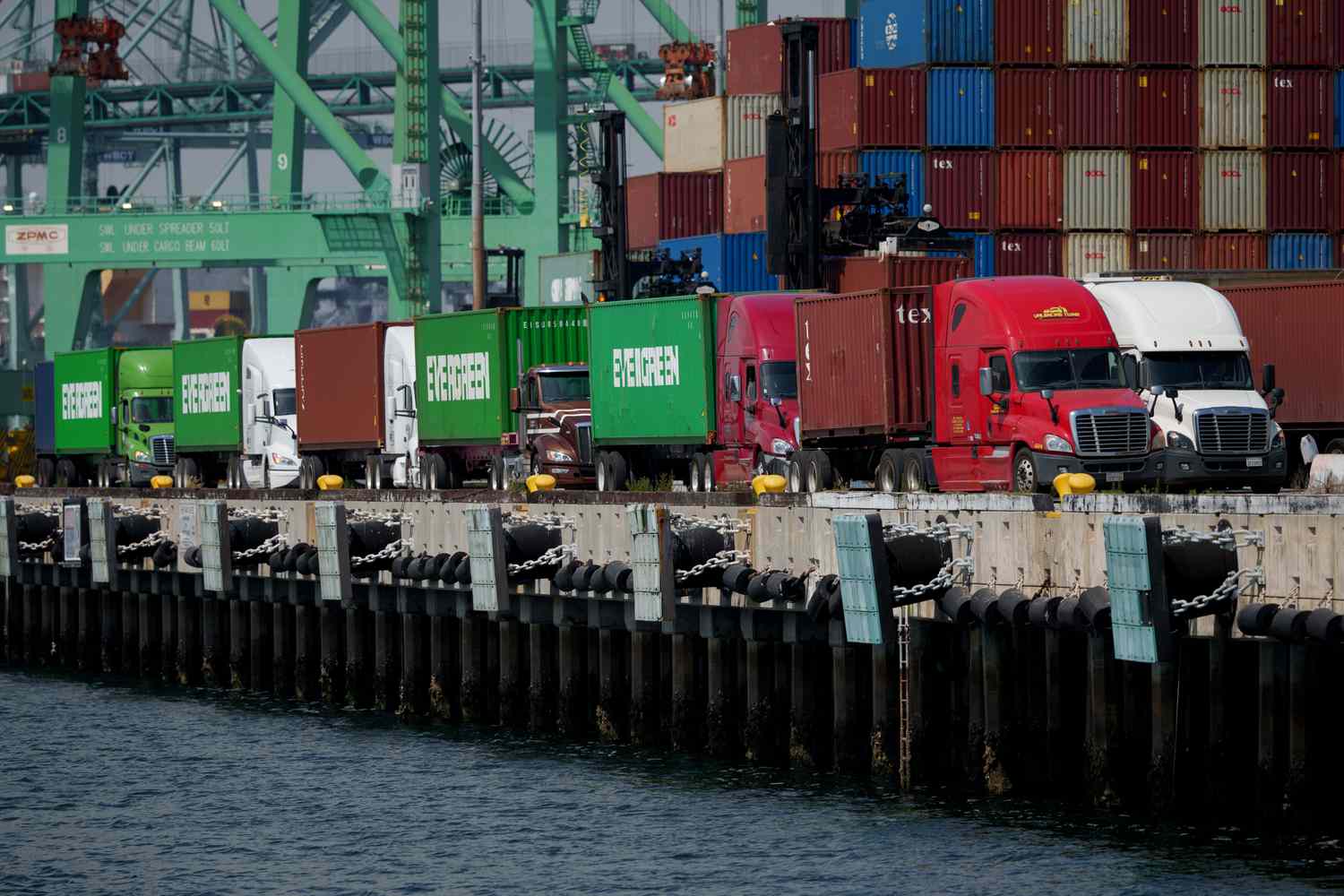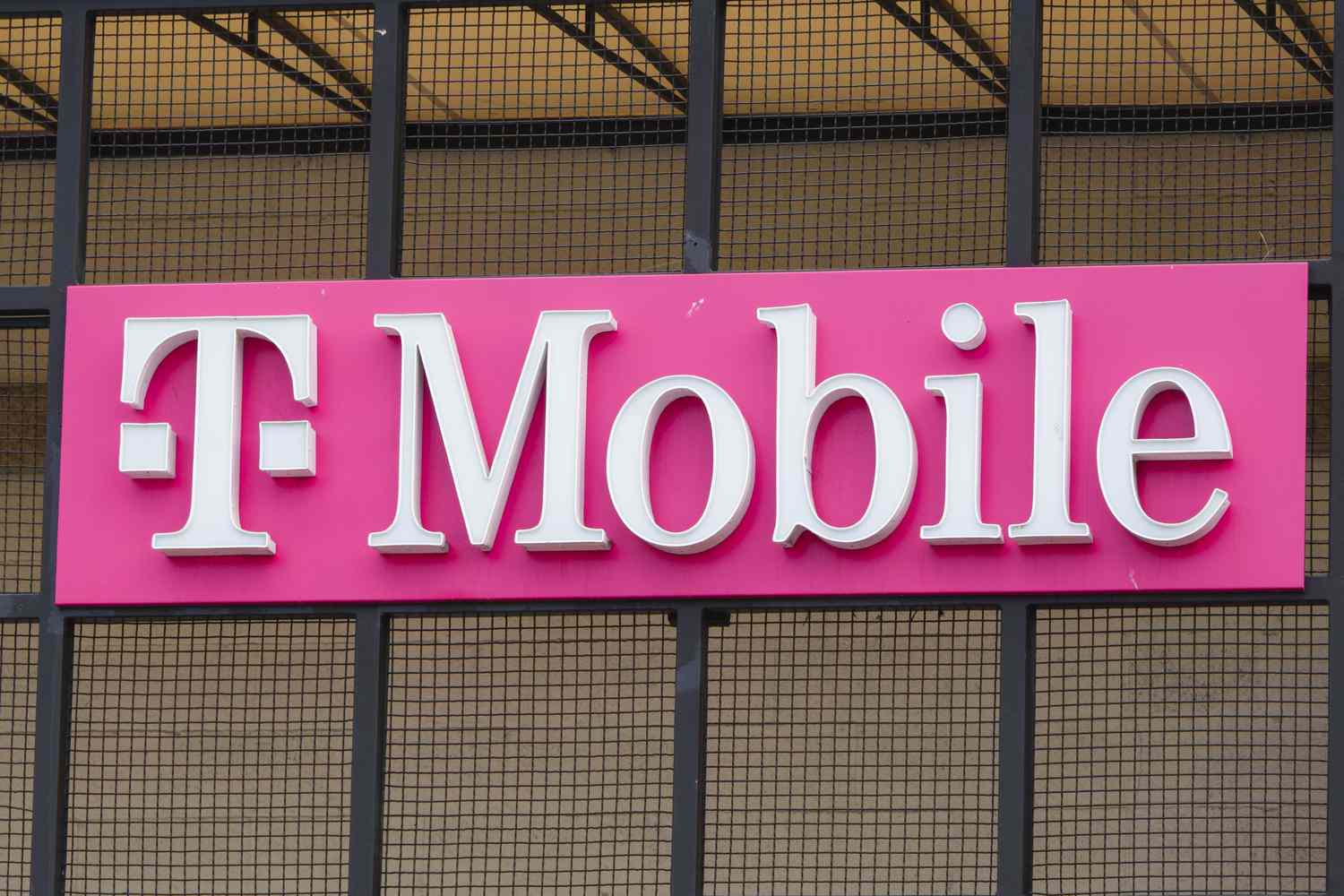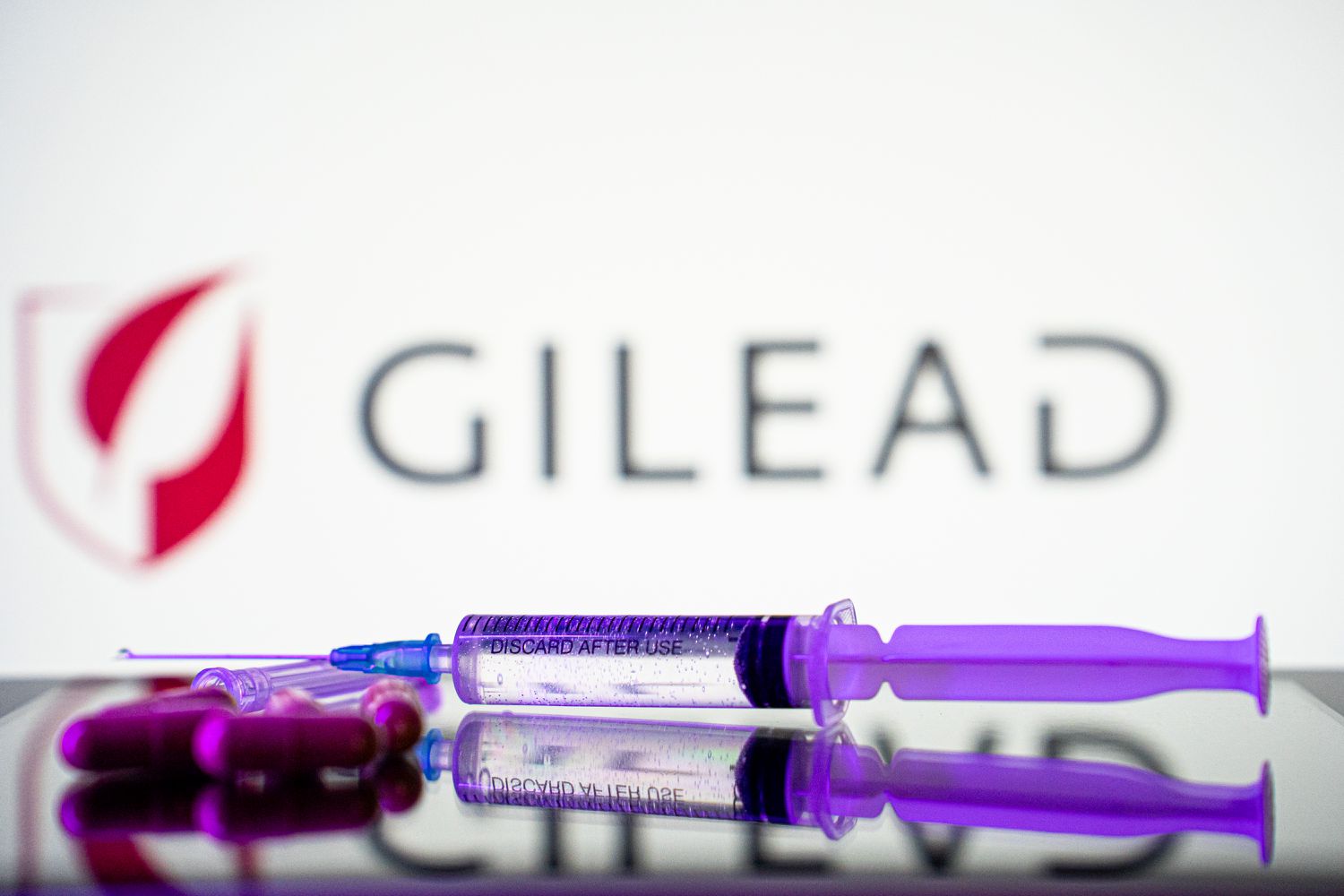Key Takeaways
- President Donald Trump’s 100th day in office comes on Wednesday.
- Apple, Amazon, Microsoft, Meta Platforms, ExxonMobil, Coca-Cola and McDonald’s are among the firms scheduled to release quarterly results in a packed week of corporate earnings.
- The Federal Reserve will get the April jobs report and key inflation data this week as Trump has reiterated his calls for the central bank to cut interest rates.
- Investors will also be watching out for first-quarter GDP data, the latest consumer confidence report, a trade balance update and housing market reports.
Major corporate earnings, April jobs data and the latest inflation report are on tap for investors this week. President Donald Trump will reach his 100th day in office on Wednesday as trade policy developments continue to create volatile stock market movements.
Apple (AAPL), Amazon (AMZN), Microsoft (MSFT), Meta Platforms (META), ExxonMobil (XOM), Coca-Cola (KO) and McDonald’s (MCD) are among the companies scheduled to release quarterly results on a busy corporate reporting calendar this week.
The April jobs report and the latest reading of the Federal Reserve’s preferred inflation report come as President Donald Trump has increased his calls for the central bank to cut interest rates. Market watchers will also get a look at first-quarter gross domestic product, the latest consumer confidence survey and updated U.S. trade balance data.
Monday, April 28
- Welltower (WELL), Waste Management (WM), Cadence Design Systems (CDNS), Roper Technologies (ROP), Brown & Brown (BRO) and Nucor (NUE) are scheduled to report earnings.
Tuesday, April 29
- Advanced trade balance (March)
- Advanced retail inventories (March)
- Advanced wholesale inventories (March)
- S&P Case-Shiller home price index (February)
- Consumer confidence (April)
- Job openings (April)
- General Motors (GM), Visa (V), Coca-Cola, Astrazeneca (AZN), Novartis (NVS), HSBC Holdings (HSBC), Booking Holdings (BKNG), S&P Global (SPGI), Honeywell (HON), Pfizer (PFE), Spotify (SPOT), American Tower Corporation (AMT), Starbucks (SBUX), United Parcel Service (UPS) and PayPal (PYPL) are scheduled to report earnings.
Wednesday, April 30
- President Donald Trump’s 100th day in office
- ADP employment (April)
- Gross domestic product (GDP) (Q1)
- Personal Consumption Expenditures (PCE) (March)
- Employment cost index (Q1)
- Chicago Business Barometer (April)
- Pending home sales (March)
- Microsoft, Meta Platforms, UBS (UBS), Qualcomm (QCOM) and Caterpillar (CAT) are scheduled to report earnings.
Thursday, May 1
- Initial jobless claims (Week ending April 23)
- S&P Global manufacturing PMI (April)
- Construction spending (March)
- ISM manufacturing PMI (April)
- Apple, Amazon, Eli Lilly (LLY), Mastercard (MA), McDonald’s, Amgen (AMGN), Strategy (MSTR), CVS Health (CVS) and Airbnb (ABNB) are scheduled to report earnings.
Friday, May 2
- U.S. employment report (April)
- Factory orders (March)
- ExxonMobil, Chevron (CVX), Shell (SHEL) and Cigna (CI) are scheduled to report earnings.
Mag 7 Stalwarts Highlight Crowded Earnings Calendar
More than half of the Magnificent Seven companies report earnings this week, along with several noteworthy firms in the tech, energy, finance, and consumer sectors. Investors will also be watching for President Donald Trump’s 100th day in office on Wednesday, as stocks are off to the worst start in a century.
The world’s most valuable public company by market capitalization, Apple, is scheduled to report on Thursday as the iPhone maker comes under pressure from Trump’s tariff policies on China, where about 90% of the company’s products are made. After falling on tariff announcements, Apple’s stock surged last week when it was included among a handful of tech companies whose products would be exempt from some tariffs. Investors will also hear on Thursday from Amazon, which was downgraded by analysts at Raymond James over its exposure to trade with China.
Tariffs aren’t expected to be a driving issue for Microsoft, which is scheduled to report on Wednesday. Microsoft is coming off a prior quarter where its Intelligent Cloud segment underperformed. Meta Platform’s scheduled report for the same day comes as the Instagram parent is embroiled in a Federal Trade Commission antitrust court case.
Coca-Cola’s earnings on Tuesday come as the soda maker’s global business is still exposed to trade barriers, though analysts at JPMorgan said the company is well-positioned to weather economic uncertainty from tariffs. McDonald’s’ scheduled report on Thursday will also provide insight into the health of the U.S. consumer, while General Motors’ scheduled report comes amid questions over how tariffs are affecting automakers.
Visa’s report on Tuesday comes as the credit card issuer is reportedly bidding to take over the role of Apple’s credit card payment network. Other financial firms scheduled to report this week include Mastercard, HSBC Holdings, UBS, and PayPal.
Cryptocurrency investors will be following Thursday’s report from Strategy (MSTR), the company formerly known as MicroStrategy, coming after the bitcoin buyer reported wider-than-expected losses in the prior quarter.
Several pharmaceutical firms are on the weekly reporting calendar, including AstraZeneca, Novartis, and Pfizer on Tuesday, followed by Eli Lilly and Amgen on Thursday. Energy will be in focus on Friday with ExxonMobil, Chevron and Shell all scheduled to deliver earnings. Exxon has already warned that lower oil prices could result in a hit to its earnings.
Other noteworthy earnings scheduled for this week include Starbucks and United Parcel Service on Tuesday, Caterpillar on Wednesday and Airbnb on Thursday.
April Jobs Report, Inflation in Focus
Trump’s 100th day in office, the April jobs report, and the latest inflation data are all on the calendar this week as investors look for the impact of tariff policy to begin to show in economic indicators.
Friday’s scheduled release of the employment report comes as the jobs market has remained resilient amid the uncertainty surrounding tariff policies. March’s report showed a surprising jump in job creation even though the unemployment rate moved slightly higher. Investors will also be watching the private sector payrolls report from ADP and job openings data scheduled for earlier in the week.
The Personal Consumption Expenditures (PCE) report for March comes after the Fed’s preferred inflation reading came in as expected in February, while inflation remained above the central bank’s target rate of 2%.
The jobs and inflation data will be closely followed by the Federal Reserve ahead of its upcoming meeting on May 6-7, coming as Trump has increased pressure on Chair Jerome Powell over the central bank’s interest rate policy. Fed officials are in the commentary blackout period ahead of the meeting.
On Wednesday, market watchers will get their first look at how the broad economy performed in the first quarter, with the scheduled release of U.S. gross domestic product data. The economy grew less-than-expected in last year’s final quarter.
Consumer confidence data on Tuesday comes as economists watch how the public reacts to the uncertainty surrounding trade policy. Tuesday’s expected advanced trade balance report will shed more light on the early impact that tariffs are having on U.S. imports and exports.
Investors will also be watching for fresh housing data, including the home price index for February and pending home sales for March.



















